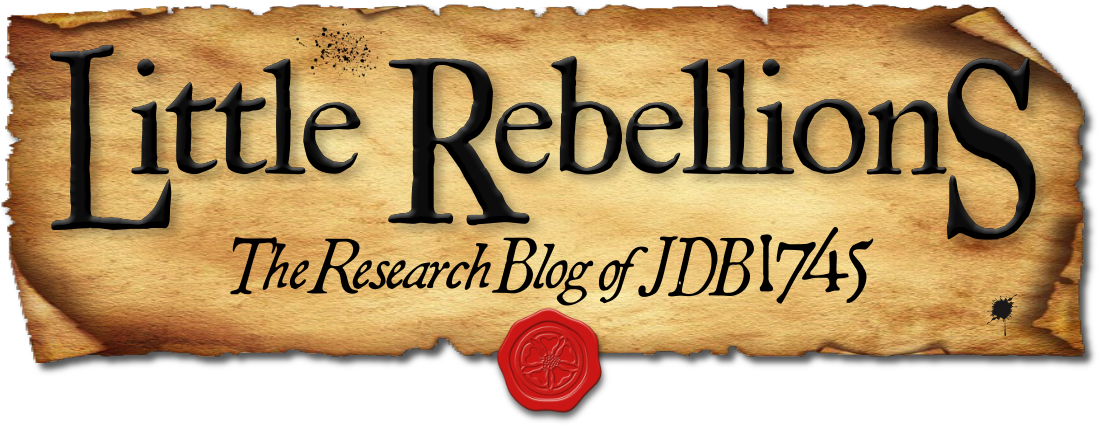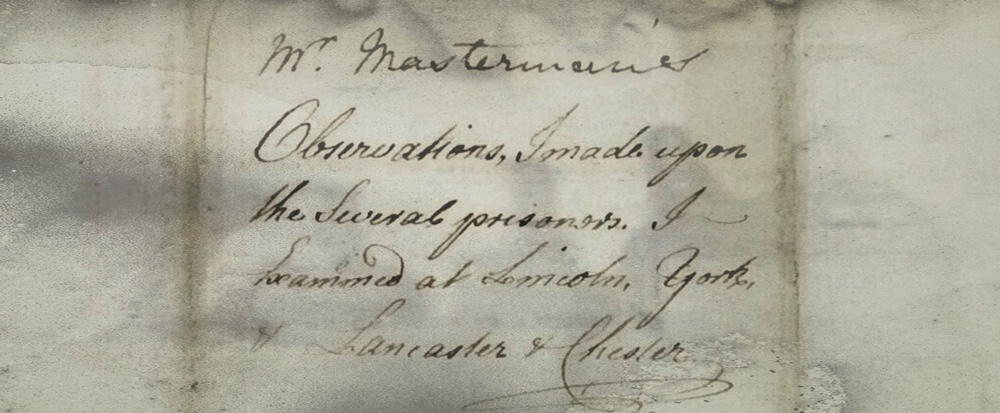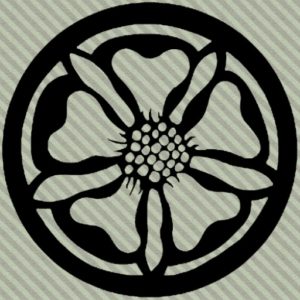To effectively quell the martial threat of the last Jacobite rising in 1745-6, Hanoverian government officials and British military personnel worked together to wage a systematic campaign of disarmament, capture, and prosecution against a mercurial enemy. Their goal, of course, was to identify and punish the most notorious and active rebels for sedition and high treason against the Crown. But it quickly became apparent that there was no possibility enough prison space could be requisitioned to hold the sheer number of alleged Jacobites, both soldiers and civilians, who were brought in upon suspicion or in active rebellion during the nine months of the conflict. British gaol keepers were similarly beleaguered in the aftermath of the 1715 Rising, when as many as 2000 prisoners needed space and subsistence while the process of prosecution played out. In 1745-6, the Jacobite army was significantly smaller, yet well over 3500 suspected persons were immured within a prison system that had not been notably improved or expanded in the preceding thirty years.1
Category: Documents (page 2 of 9)
In the spring of 1746 on a journey that lasted over two months, Henry Masterman and his clerk, Richard Wright, visited a number of jails in Lancaster, Chester, York, Lincoln, and London. There, these men interviewed Jacobite prisoners and took notes on their characters to assess their level of guilt and their willingness to testify against fellow inmates as witnesses for the Crown.1 Masterman was known for his experience with criminal prosecutions and for his great ‘fidelity’ to the government, borne out through his service in a similar capacity in the wake of the 1715 rising.2 Thirty years later he was once again asked to determine in what ways these suspects were involved in the Forty-five, including those who had ‘in any way fomented and encouraged it, as [well as] those who were actually in arms’.3 Masterman’s letters recount a tedious process fraught with the intransigence and dishonesty of many of the captives, in some places around half of which required a translator who could understand the language ‘universally Spoke in much ye greatest part of ye Highlands’.4
By the beginning of the new year in 1746, the British government once again found itself deeply mired in a civil war, as what would prove to be the final Jacobite challenge played itself out across Scotland and England, with France seemingly waiting in the wings. The Jacobite army had only recently recrossed the Scottish border after turning back at Derby, and just four months later its martial campaign would be ruthlessly crushed by British forces under William Augustus, the Duke of Cumberland, on Culloden Moor in the Highlands of Inverness-shire. Even in the midst of the crisis while both armies were still in the field, many hundreds of alleged Jacobite soldiers and civilians who were captured in the preceding months were already being examined and processed by agents within the Hanoverian government. After over half a century of dynastic and political contention that repeatedly manifested in clandestine plots and active Jacobite risings, these agents were sharply focused on creating a plan to punish treasonous activity that would ensure this was the very last time they would have use for one.5
After a handful of Donald Cameron of Lochiel’s men slipped through Edinburgh’s grand, turreted Netherbow Port virtually unopposed, the capital of Scotland, excepting its imposing castle, was firmly in Jacobite control for most of the late summer and autumn of 1745. From 17 September to 31 October, high-ranking soldiers and officials under the leadership of Charles Edward Stuart consolidated their provisional government in ‘North Britain’ at Holyrood House, and in the fields around Duddingston Village they bolstered both the numbers and training of the men who formed the military arm of the Jacobite cause. This distinctly irregular army was essentially the crowbar with which Charles Edward would attempt to pry George II off the thrones of the Three Kingdoms while advocating for his father, James Francis Edward, who was proclaimed at the mercat cross as James VIII of Scotland on the very same day the burgh was taken. Cobbled together in fits and starts before the capture of Edinburgh, it was never a sure thing that enough support would materialise or that the enthusiasm it bore would translate to success on the battlefield when open conflict eventually came.1
The lightning-quick and overwhelming Jacobite victory at Prestonpans in the early morning of 21 September boosted the confidence not only of Charles Edward’s Council of War but also that of many of the common soldiers across the ranks. Now that this army had faced seemingly the best that the British government had to offer, the zeitgeist of the mission was astir and word quickly spread to the surrounding localities that this revolution, long-desired and attempted on numerous occasions before, might really happen this time. Recruiting drives marshalled in places like Perthshire and the north-eastern counties, like Aberdeenshire and Forfarshire, eventually secured valuable additions to the nucleus of Highland Jacobite troops in Edinburgh, with numbers swelling from around 2500 to nearly 6000 men through the month of October.2
© 2025 Little Rebellions
Modified Hemingway theme by Anders Noren — Up ↑







